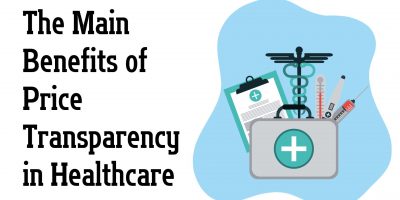
How can Stress Increase the Risk for Cardiovascular Disease?
Explore the connection between stress and heart disease. Dive into the role of stress management and cardiovascular health programs in preventing coronary conditions.

Infertility has always been an issue that afflicts a silent minority of men and women worldwide. It results from a myriad of physiological issues, and oftentimes the cause is unknown. It is a taboo topic that should be addressed especially with its prevalence, as the statistics below show.




Corporate wellness programs are a solution where everyone benefits, both companies and employees, with greater morale, health and a boost in productivity far outweighing the financial costs of running and implementing these programs.
*We’re using an archived version of the page as the source.
Browse our curated list of vendors to find the best solution for your needs.
Subscribe to our newsletter for the latest trends, expert tips, and workplace insights!

Explore the connection between stress and heart disease. Dive into the role of stress management and cardiovascular health programs in preventing coronary conditions.

How can organizations and patients adapt to the shift toward consumer-centric pricing transparency?

Diabetes is the most expensive chronic illness in the US. The global health expenditure reached $966 billion, with North America accounting for 42.9% of this, or $415 billion.

Despite the progress, women have unique health needs beyond reproductive and maternal care, and not all of them are met.
Used by most of the top employee benefits consultants in the US, Shortlister is where you can find, research and select HR and benefits vendors for your clients.
Shortlister helps you reach your ideal prospects. Claim your free account to control your message and receive employer, consultant and health plan leads.